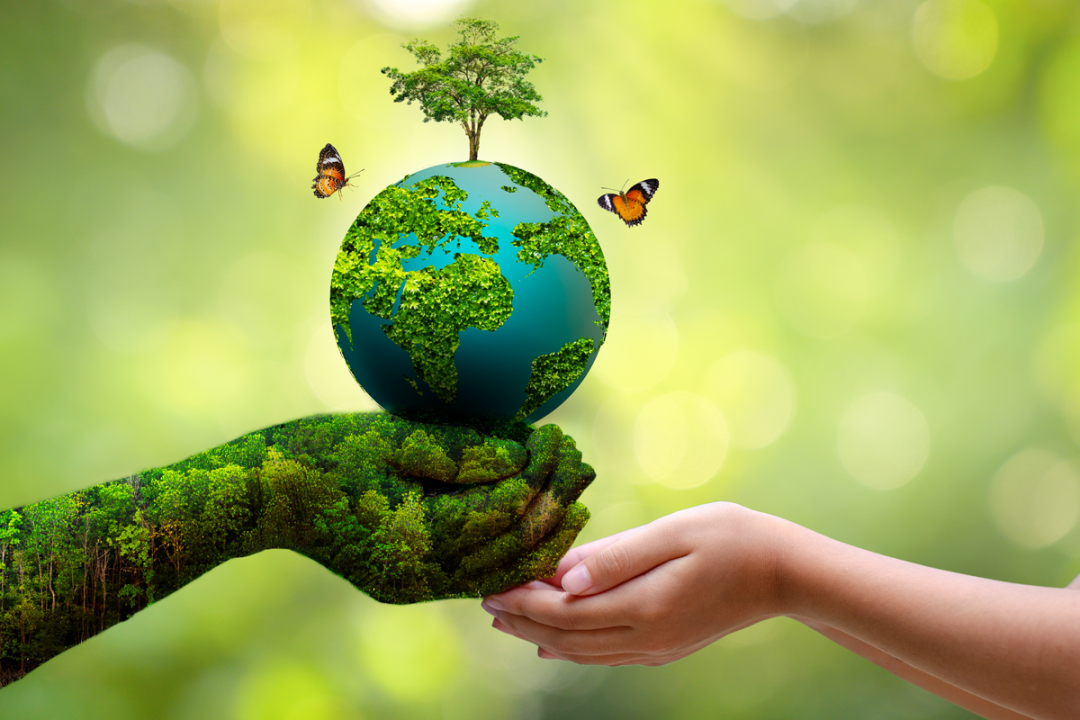Understanding Climate Change: Causes, Effects, and Solutions
What is Climate Change?
Climate change refers to significant changes in global temperatures and weather patterns over time. While climate change is a natural phenomenon, in recent decades, the term has come to refer to the current trend of rapid warming caused by human activities. ( save tree and save nature )
Causes of Climate Change
-
Greenhouse Gases: The primary cause of recent climate change is the increase in greenhouse gases like carbon dioxide (CO₂), methane (CH₄), and nitrous oxide (N₂O) in the atmosphere. These gases trap heat from the sun, causing the planet to warm.
-
Fossil Fuels: Burning fossil fuels (coal, oil, and natural gas) for energy releases large amounts of CO₂ and other greenhouse gases.
-
Deforestation: Cutting down forests reduces the planet’s capacity to absorb CO₂, as trees play a critical role in sequestering carbon.
-
Industrial Processes: Many industrial activities emit greenhouse gases, such as manufacturing, mining, and cement production.
-
Agriculture: Farming practices, especially livestock production, generate significant amounts of methane and nitrous oxide.
Effects of Climate Change
-
Rising Temperatures: Global temperatures have been increasing, leading to hotter weather and more frequent heatwaves.
-
Melting Ice and Rising Sea Levels: Polar ice caps and glaciers are melting, contributing to rising sea levels, which threaten coastal communities and ecosystems.
-
Extreme Weather Events: Increased frequency and severity of extreme weather events, such as hurricanes, floods, droughts, and wildfires.
-
Ocean Acidification: The absorption of CO₂ by oceans leads to acidification, affecting marine life, especially organisms with calcium carbonate shells or skeletons.
-
Biodiversity Loss: Changing climates disrupt habitats and ecosystems, leading to a loss of biodiversity as species struggle to adapt or migrate.
-
Impact on Agriculture: Altered weather patterns affect crop yields, leading to food security issues and economic impacts for farmers.
-
Human Health: Increased temperatures and changing weather patterns can lead to health issues such as heatstroke, respiratory problems, and the spread of vector-borne diseases like malaria and dengue fever.
Solutions to Climate Change
-
Reduce Emissions:
- Renewable Energy: Transition to renewable energy sources like solar, wind, and hydroelectric power.
- Energy Efficiency: Improve energy efficiency in homes, buildings, and transportation.
- Sustainable Transportation: Promote electric vehicles, public transportation, cycling, and walking.
-
Carbon Sequestration:
- Reforestation: Plant trees and restore forests to absorb CO₂.
- Soil Management: Adopt agricultural practices that increase carbon storage in soils.
-
Policy and Legislation:
- International Agreements: Support and implement international climate agreements like the Paris Agreement.
- Carbon Pricing: Implement carbon pricing mechanisms, such as carbon taxes or cap-and-trade systems, to incentivize emission reductions.
-
Innovation and Technology:
- Clean Technologies: Invest in research and development of new technologies to reduce emissions and enhance sustainability.
- Carbon Capture and Storage (CCS): Develop and deploy CCS technologies to capture CO₂ emissions from industrial sources and store them underground.
-
Public Awareness and Education:
- Climate Education: Raise awareness about climate change and its impacts through education and outreach programs.
- Behavioral Changes: Encourage sustainable practices like reducing energy consumption, minimizing waste, and supporting eco-friendly products.
-
Adaptation Strategies:
- Infrastructure Resilience: Build infrastructure that can withstand extreme weather events.
- Disaster Preparedness: Develop and implement disaster response plans to protect communities.
- Water Management: Improve water management systems to cope with changing precipitation patterns and water availability.
Individual Actions
- Reduce, Reuse, Recycle: Minimize waste and recycle materials to reduce the demand for new resources.
- Energy Conservation: Use energy-efficient appliances and reduce unnecessary energy consumption.
- Sustainable Diet: Reduce meat consumption and choose locally-sourced, sustainable foods.
- Transportation Choices: Opt for public transportation, carpooling, biking, or walking instead of driving alone.
- Support Green Policies: Advocate for and support policies and initiatives that address climate change.
Conclusion
Climate change is a critical global challenge that requires immediate and sustained action from governments, businesses, and individuals. By understanding the causes and effects of climate change and implementing effective solutions, we can work together to mitigate its impacts and build a more sustainable future.


